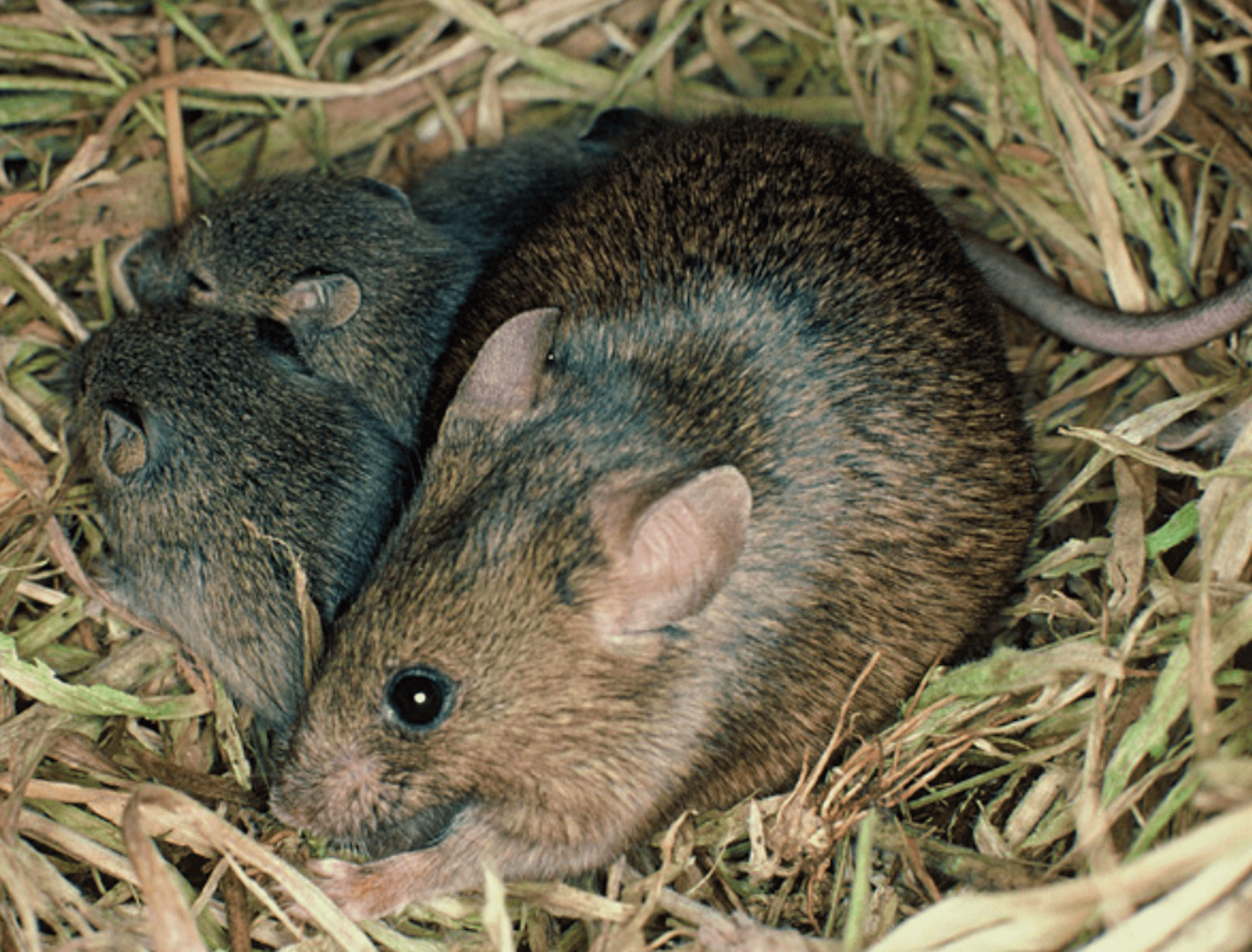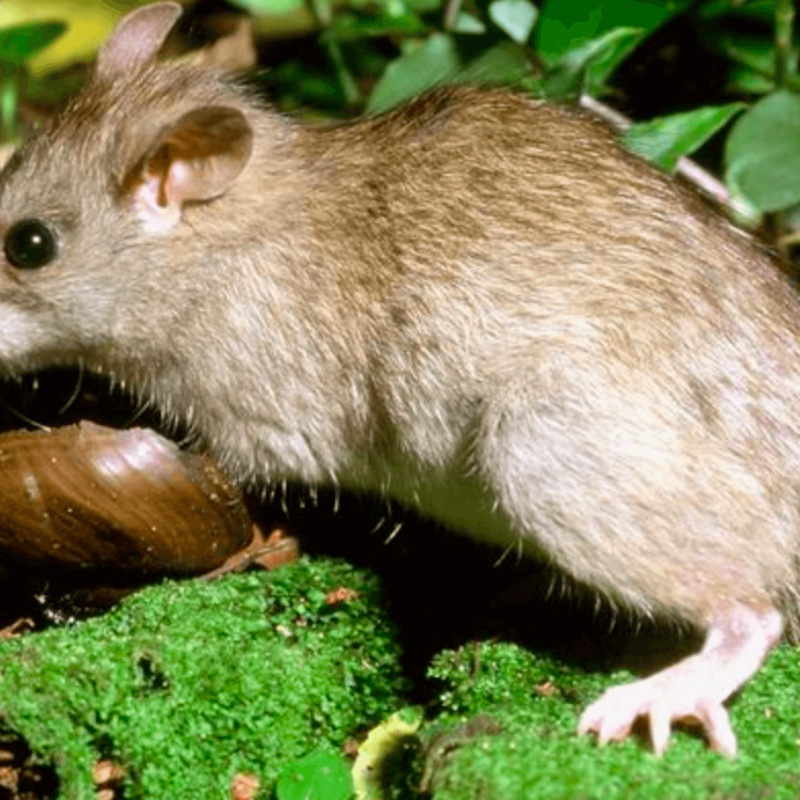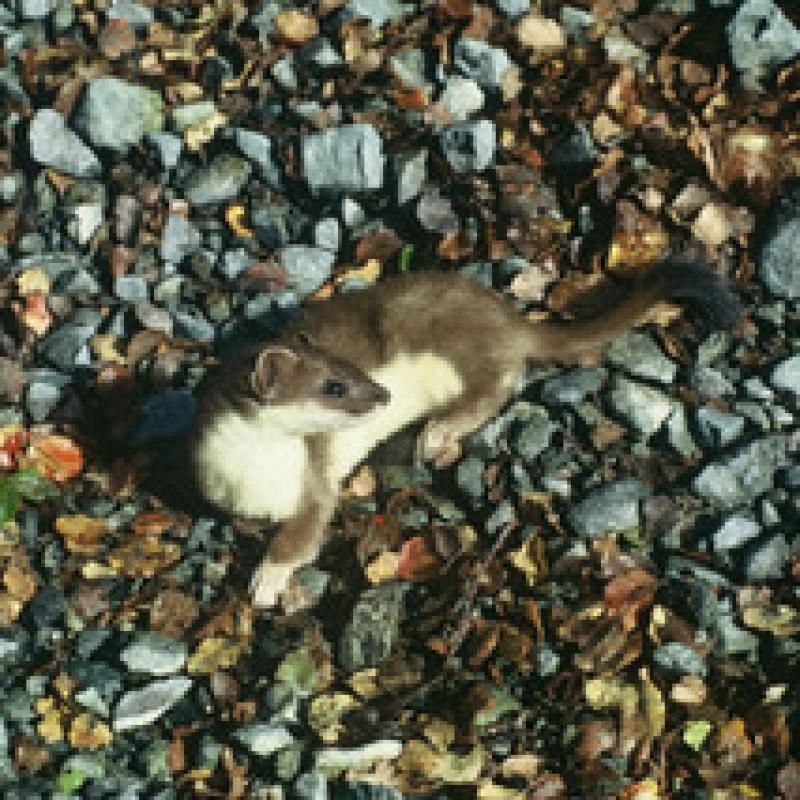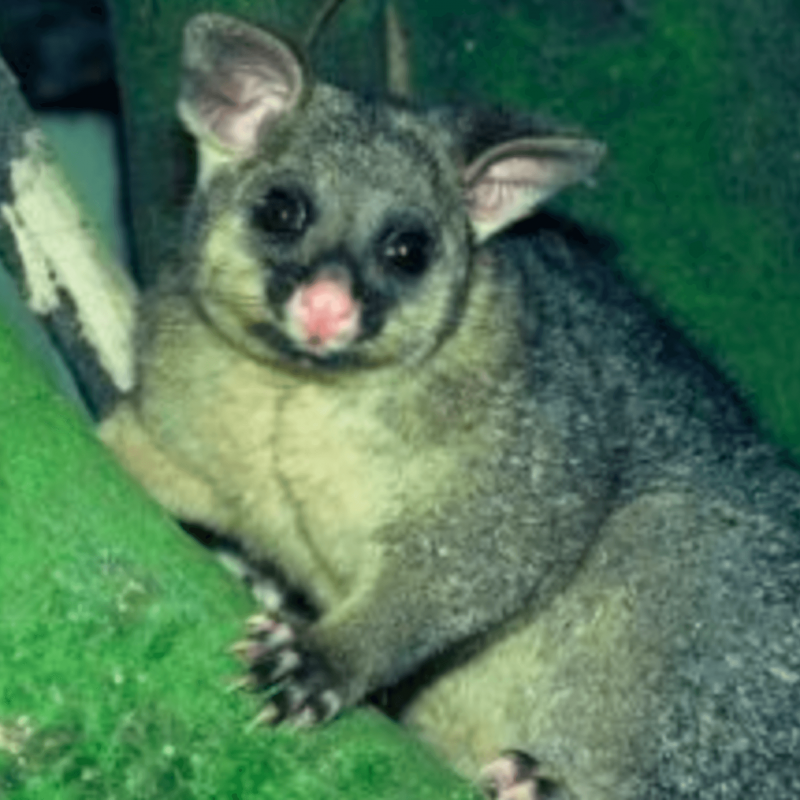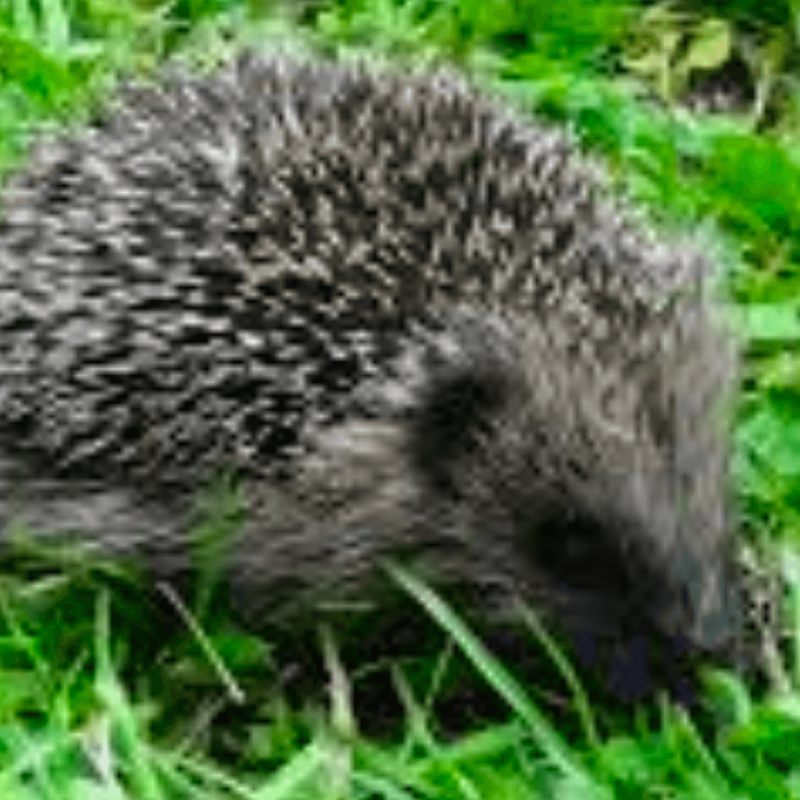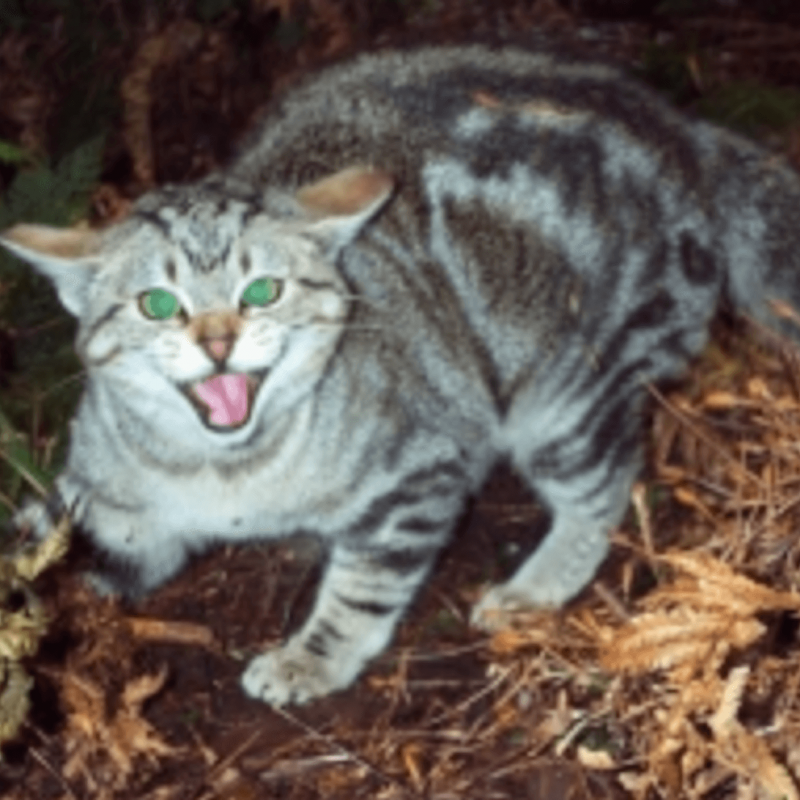Mice are a key food source for stoats and feral cats in the New Zealand bush. When conditions are right and there is plenty of food, their numbers increase rapidly.
Mice are omnivorous and get their dietary requirements from many sources. They feed on plant and animal material, and have very flexible feeding behaviour to take advantage of whatever food sources are available. Invertebrates (including insects and spiders) are usually the main species eaten, but bird eggs and chicks and lizards may also be consumed.
Their broad diet means that their impacts are equally broad. They affect nutrient cycling in ecosystems by eating the insect larvae that break down leaf litter, therefore preventing the nutrients in the leaf litter returning to the soil. Selective predation of certain seeds prevents regeneration and alter forest plant species composition. Mice have been recorded feeding on inanga eggs in estuaries, which impacts whitebait runs. On Gough Island in the sub-Antarctic, mice have learned that petrel and albatross chicks are a good food source and they start eating chicks that are still alive.
Mice are a key food source for stoats and feral cats in the New Zealand bush. When conditions are right and there is plenty of food, mouse numbers increase rapidly. This occurs both in beech forest systems and in tussock grasslandsand, resulting in population growth of mouse predators. These predators feed on native species as well as mice, and during high predator years predation on native birds increases dramatically and can cause local population collapse.
Mice frequently invade houses and damage many things they come into contact with, either by urinating or defecating on it, eating it, chewing it, or a combination of all of these activities.
Photo R Morris

